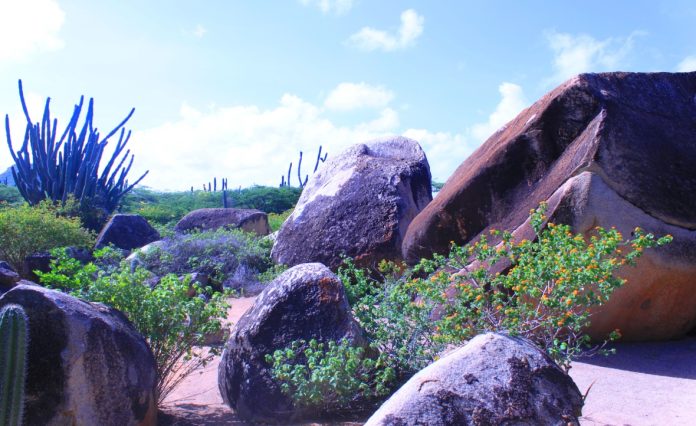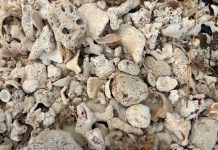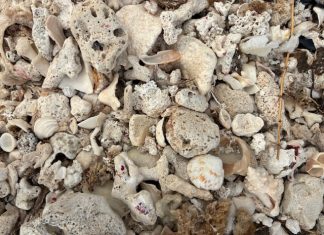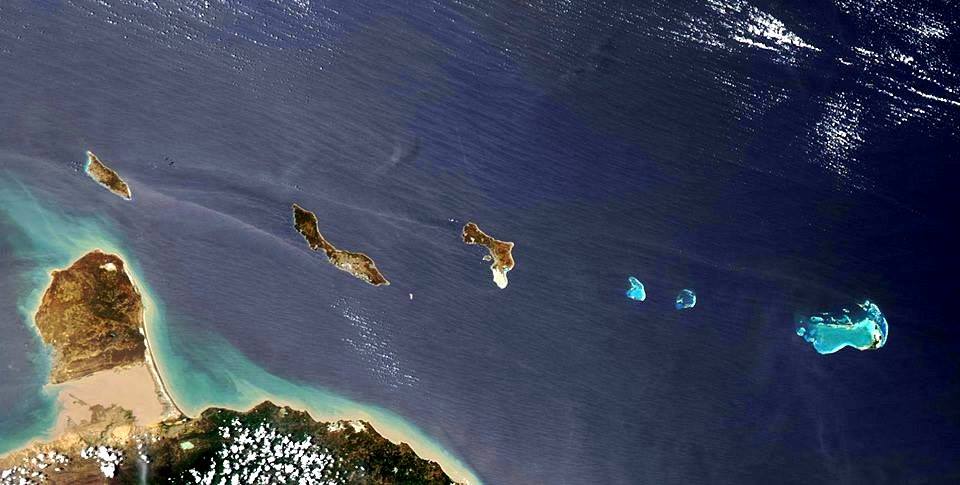Booking a magical glimpse inside Etnia Nativa
Article by Etnia Nativa call us 592 2702 and book your experience!
The narrative shared through Etnia Nativa emphasizes the importance of reclaiming and recognizing the island’s cultural roots and heritage, which have often been overshadowed by colonial history. The platform actively engages in promoting the value of rediscovering native traditions, history and identity, while highlighting the importance of moving beyond colonial influences, submissive behavior or over exploitation and decimation of our natural resources.
During this episode we will share with you a little bit of the prehistoric shelters we can still enjoy today. It’s about giant rock boulders (batholiths) that you can find almost everywhere on our island. Some form part of the north-coastline and others, “staked boulders”, are recurring throughout the islands’ landscape, especially those in and around Santa Cruz district that gained tourist attraction qualifications. These large boulders played a very important role in the lives of our archaic as well as our primitive inhabitants. They were formed deep within the Earth’s crust, and the big rocks associated with them are fragments that broke off due to natural weathering, erosion processes and other phenomena.
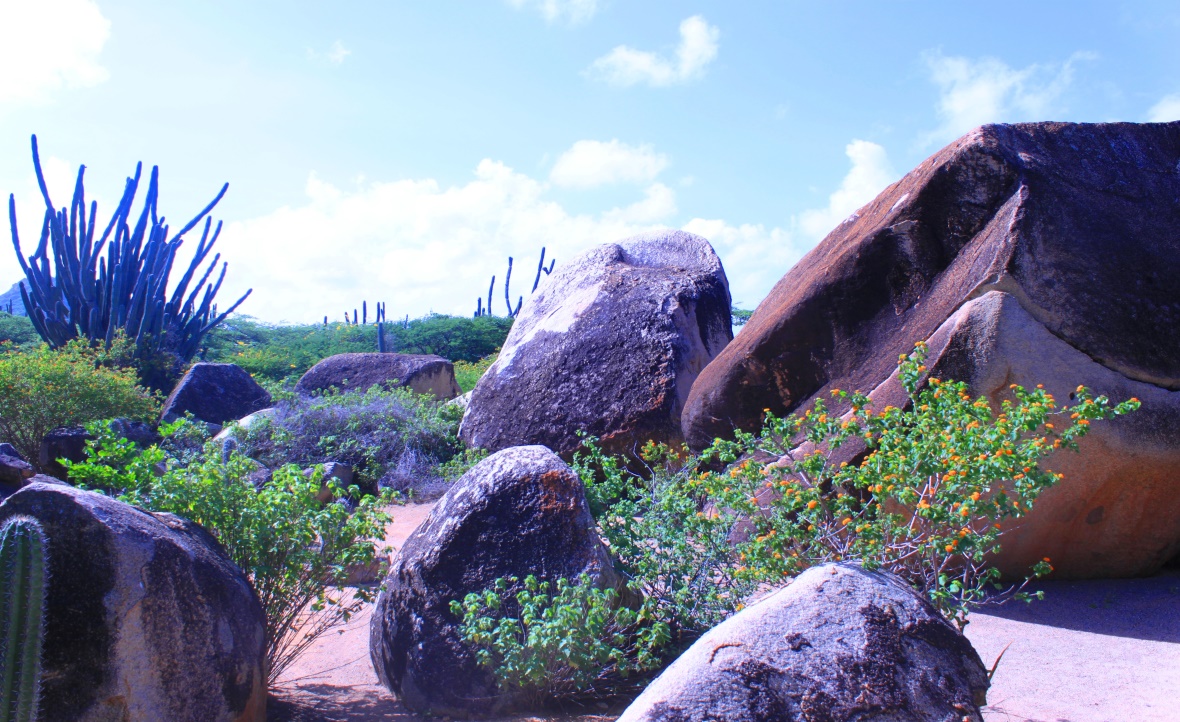
In prehistoric times, batholiths were important landmarks for survival. Early humans would have recognized the protective qualities of these massive rock bodies, using them as shelters to shield themselves from environmental dangers and predators. Over time, they might have also learned to exploit the natural resources surrounding these batholithic areas, making them crucial sites for habitation and survival.
Batholiths often contain cracks, fissures, and erosion-resistant layers, which over time may develop into caves or natural overhangs. These formations would offer protection from wind, rain, and extreme temperatures. The walls of these shelters, formed from durable igneous rock like granite, would also have provided a defensive advantage, making it harder for predators to reach.
The massive size and solidity of batholiths would have created stable microclimates, shielding occupants from harsh environmental conditions. On our island, batholiths offered a respite. Their dense rock structure absorbs and retains heat during the day and releases it slowly during the cooler night, creating a relatively stable environment within the shelter.
Batholiths often form highland areas with difficult-to-reach locations and could have provided strategic advantages in terms of defense. Being on high ground could make it easier to spot approaching predators or rivals. The steep terrain and difficult access to batholith shelters would have deterred animals and other groups from encroaching on their territory.
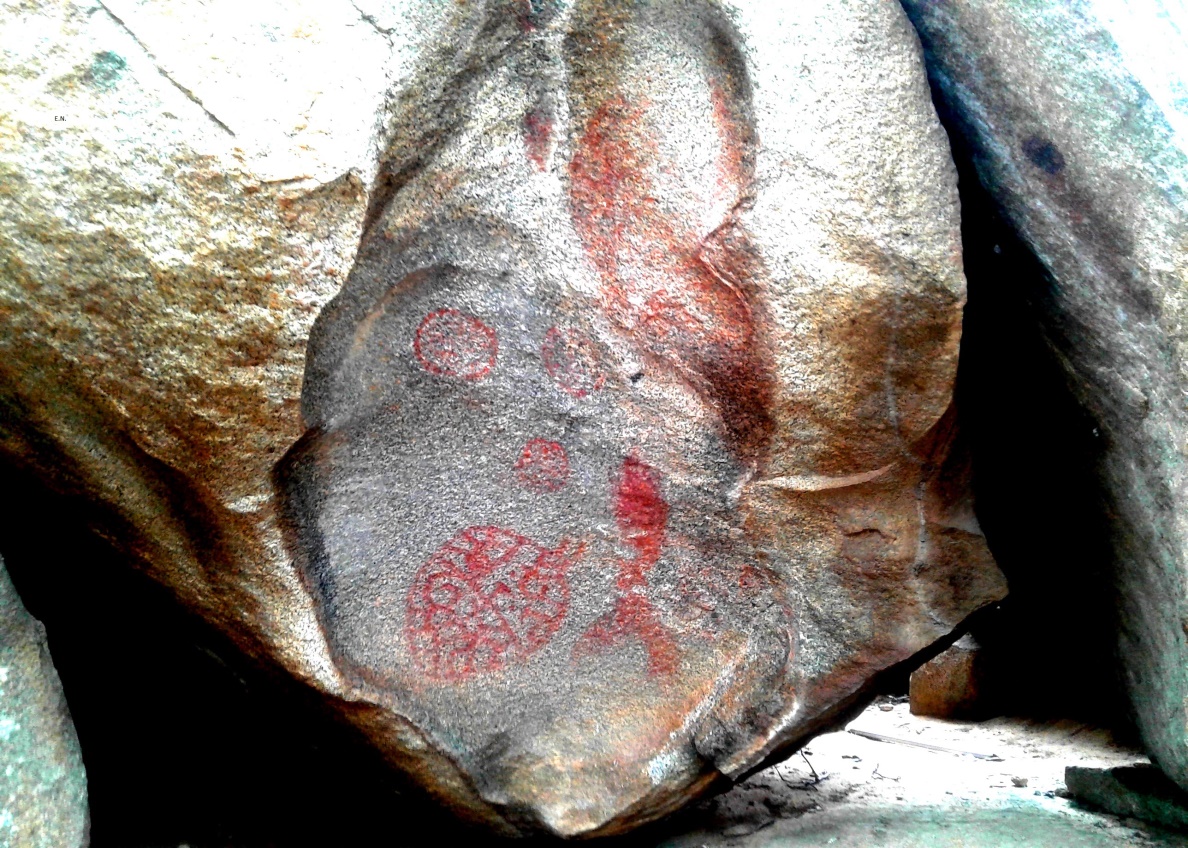
In addition to providing shelter, batholiths offered resources such as stone tools and natural rain water collectors. The exposed surfaces of a batholith, being made of hard materials like granite, would have been a reliable source of flint or other stones that our ancestors could use for crafting tools, weapons, “metates” or fire-starting equipment. Some batholiths also form near river valleys or areas rich in game, providing a convenient location for hunting or gathering.
Some batholiths and their surroundings may have held cultural or spiritual significance for primitive inhabitants of our island. The imposing nature of these massive rock formations could have inspired awe, and their durability might have made them a symbolic representation of strength, stability, or protection. Archaeological sites near batholiths have been found to include rock art and lithic objects, suggesting that these areas were not just places of shelter but also locations of spiritual or cultural activity.
Shelters found within them were used for extended periods of time. Early humans might have returned to these natural shelters repeatedly, taking advantage of their lasting protection and comfort. In some cases, batholiths might have served as seasonal homes, particularly for nomadic groups who moved according to weather or food availability.
One example of a large batholith is Santa Cruz, like “Ayo” and “Casibari” rock formations. This region, with its extensive granite rock formations, would have provided shelter for generations of Aruba’s prehistoric inhabitants. The rugged terrain includes cliffs, caves, and outcrops that would have offered places to hide or rest, while the surrounding area is rich in resources like water, game, and plant life.
If you enjoyed reading our stories and are interested in learning more regarding Aruba, we recommend you to book a visit to Etnia Nativa—the only “living museum of its kind in the Caribbean”—a fascinating choice, a trend setter since 1994 and co-founder of Island National Park, Archaeological Museum Aruba and Artisan Foundation among others.
Etnia Nativa offers a deep dive into Aruba’s cultural heritage and history, providing an opportunity to connect with the island’s true identity through native stories and experiences.
Whats App +297 592 2702 etnianativa03@gmail.com


